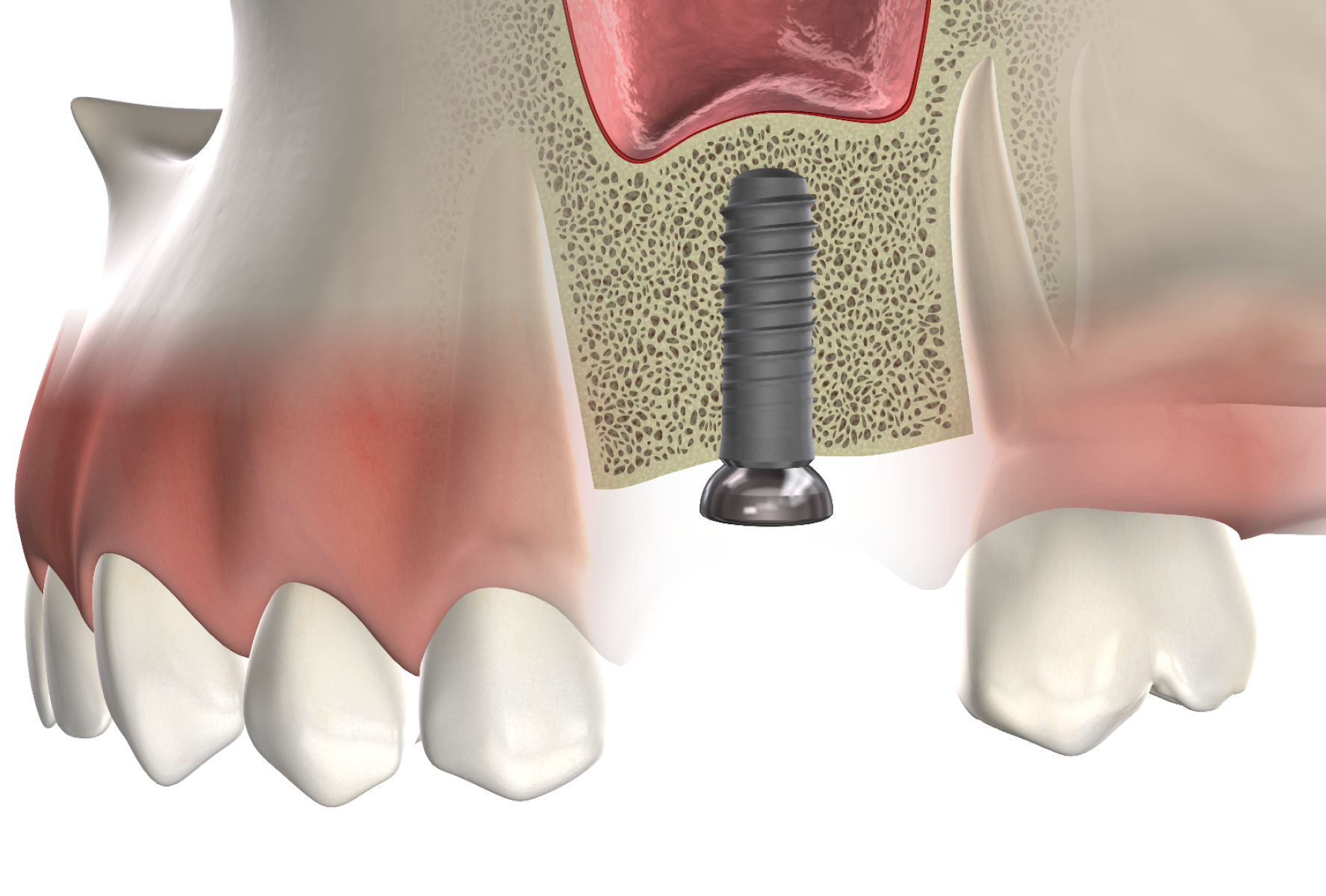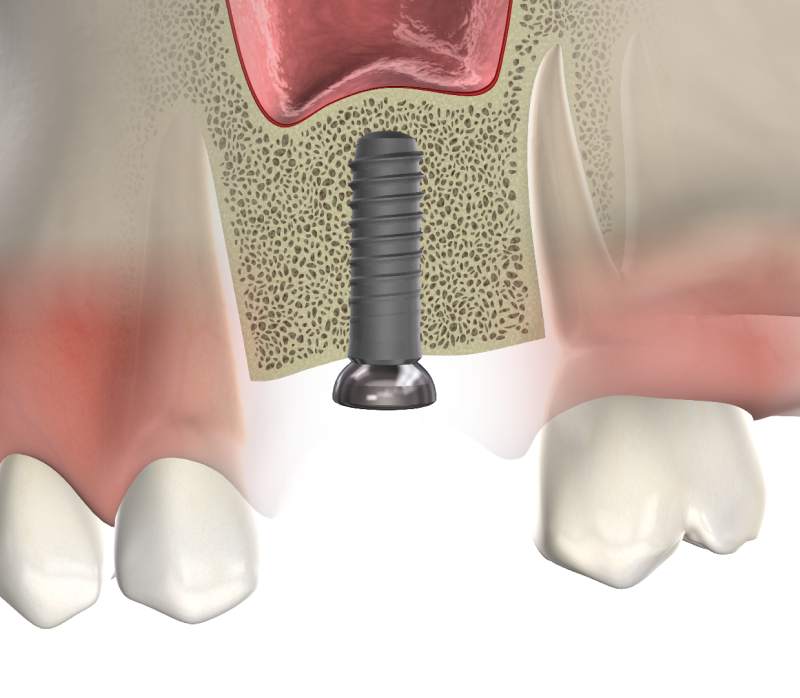Promote New Bone Growth
Did you know that one of the ways that your jaw bone stays healthy is through chewing? That’s because chewing stimulates the jaw, so bone doesn’t deteriorate. But when one or more teeth are missing, bone loss is a common result.
Dental implants are a common option for tooth replacement—they are considered a complete tooth replacement option because the dental implant post acts as a new root, which preserves the health of the jaw. But, if enough bone loss has occurred before a dental implant can be placed, a bone graft may be necessary to add new bone to the desired area. While bone grafting is commonly used as a part of dental implant treatment, it can also be used as a part of other treatments, such as facial trauma or birth defect.
If you are interested in dental implants or have been referred for oral surgery, we encourage you to contact us to schedule a consultation appointment with one of our experienced oral surgeons. Dr. Falk, Dr. Moody, or Dr. Yau will review your condition, discuss your concerns, and create the right treatment plan for you.
Types of Bone Grafting
A bone grafting procedure involves placing granulated bone material into the desired area. Granulated bone material may be sourced from another part of the body or a tissue bank.
The type of bone grafting procedure you will receive will depend on several factors, such as the location where more bone is needed, severity of bone loss, if dental implants are to be placed, and more.
- Sinus lift adds bone between the upper jaw and maxillary sinus. The bone that separates the two is usually thin. A sinus lift also mitigates the risk of a dental implant accidentally going into the maxillary sinus.
- Socket preservation involves placing the granulated bone material after a tooth extraction to prevent bone loss and prepare for a future dental implant.
- Ridge augmentation adds bone to the alveolar ridge to add height and/or width.
- Major bone grafting is typically reserved for patients who have an extreme or extensive amount of bone loss due to trauma, disease, or birth defect.
- Nerve repositioning moves the nerve in the lower jaw in an effort to avoid damage from a dental implant. Since it is a high-risk surgery, other options are usually considered before nerve repositioning.
Types of Anesthesia
Canyon Oral & Facial Surgery offers several types of anesthesia and sedation.
Providing an Exceptional Patient Experience
Get exceptional patient care from trusted board-certified oral surgeons. Contact Canyon Oral & Facial Surgery to schedule a consultation and find out how we can improve your oral health and confidence.

